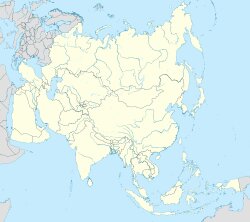Area: 509.5 million 53,000 square kilometers.
Land area: 14 million 8.1 million 34 thousand square kilometres (corresponds to 29.1% of the total area).
Watershed area: 360 million 14 thousand 19 thousand square kilometres (70.9% of the total area).
Ocean area: 330,520,000 58,000 square kilometers.
Water: 97% salt water and 3% fresh water.
Earth range: 205,000,472 km.
Earth’s size and motion
The time it takes to go around the sun: 365 days, 5 hours, 48 minutes, 47 seconds.
Time required to make one revolution on its axis: 23 hours and 56 minutes.
Water: 97% salt water and 3% fresh water.
Earth range: 205,000,472 km.
Earth’s size and motion
The time it takes to go around the sun: 365 days, 5 hours, 48 minutes, 47 seconds.
Time required to make one revolution on its axis: 23 hours and 56 minutes.
Water: 97% salt water and 3% fresh water.
Earth range: 205,000,472 km.
Earth’s size and motion
The time it takes to go around the sun: 365 days, 5 hours, 48 minutes, 47 seconds.
Time required to make one revolution on its axis: 23 hours and 56 minutes.
Water: 97% salt water and 3% fresh water. Underwater landforms: 5 types (Mehisopan, Mahaidal, abyssal plains, underwater ridges and deep ocean trenches). Solar system
Planets: 8 (Mars, Mercury, Jupiter, Venus, Saturn, Earth, Uranus and Neptune).
Minor planet: Mercury.
The largest planet: is Jupiter.
The longest day in the Northern Hemisphere: is June 21.
The longest day in the Southern Hemisphere: is December 22.
Day and night are the same everywhere: March 21 and September 23.
Short day: December 22.
Earth’s only satellite: the Moon.
The average distance from the sun: is 15 million kilometres.
Nearest (planet): Venus.
mainland
Continents: 7 (Asia, Africa, Europe, North America, South America, Australia or Oceania, Antarctica).
Largest continent: Asia.
Smallest continent: Oceania.
Most populated continent: is Asia.
Abandoned Continent: Antarctica.







